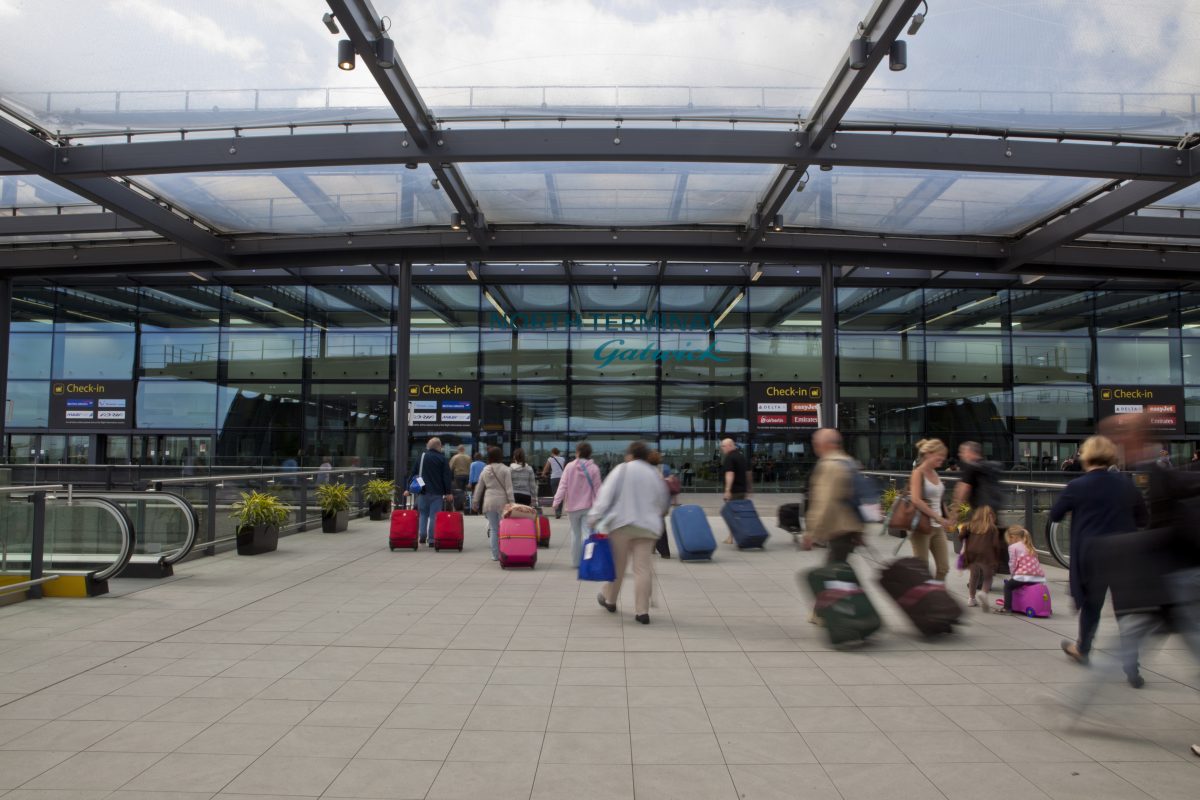Despite an encouraging start to the year passenger numbers at Gatwick fell by 66% in the first six month ended 30 June, 2020 due to the impact of COVID-19. The airport remained open throughout the pandemic, however all revenue streams were impacted and the collapse in passenger demand led to a 61.3% fall in revenue and a £321m loss. EBITDA fell 98.3%.
Decisive and swift action was taken to protect the financial strength of the business, following the spread of COVID-19 in March. Planned capital expenditure has been reduced by £157m for 2020 and £196m for 2021. Operational costs have been also reduced by over £100m through a variety of actions including consolidating air traffic to one terminal allowing for infrastructure shutdowns, severance programmes and termination of fixed term contracts, and improving efficiencies of its services in line with reduced airline and passenger demand.
A priority continues to be protecting the health and wellbeing of employees and passengers and, following latest Government guidance, a wide range of health measures have been introduced and are continuously assessed to maintain and help restore public confidence in flying. Gatwick currently has 18 airlines flying to 115 airports in 42 countries.
To improve its liquidity, in April 2020 Gatwick secured a £300m loan with a consortium of banks. As at 30 June 2020, Gatwick held a cash balance of c.£326m. In light of the forecast impact on its financial covenants, Gatwick has commenced a three-week consent solicitation process following successful discussions with its lending banks and with bondholders forming a special committee of the Investment Association, in aggregate representing c.46.9% of total secured debt.
In line with further reducing operating costs, with over 70% of Gatwick’s employees remaining on furlough, the business has announced a company-wide restructuring proposal which could result in the region of a further 600 job losses. The restructuring will better align the business to passenger and air traffic forecasts whilst allowing it to remain agile should demand recover faster than expected. The recovery period to pre-pandemic traffic levels is forecast to be four to five years.


